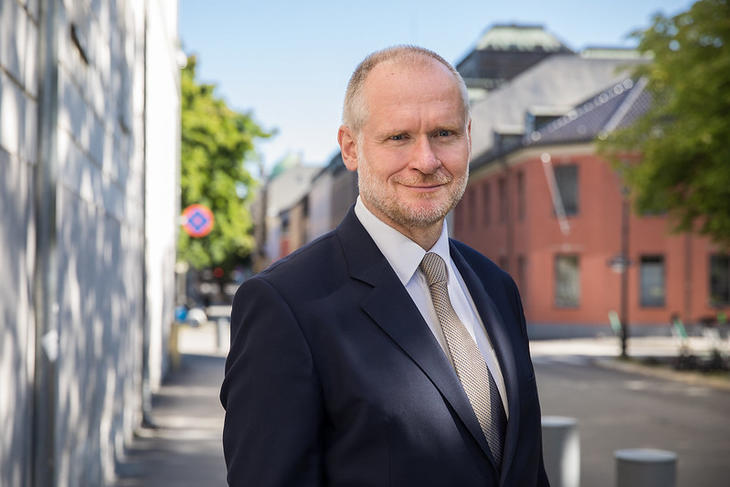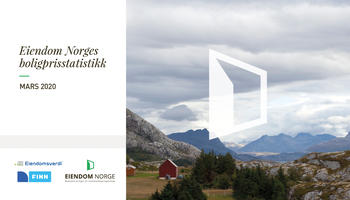
Housing prices fell in June
Housing prices fell by 1.2 per cent in June 2023. Adjusted for seasonal variations, house prices fell by 0.5 per cent.
So far this year, house prices in Norway have risen by 6.4 per cent.
The average price for a home in Norway was NOK 4,643,491 at the end of June.
- House prices fell by 1.2 per cent in June 2023. It is usual for house prices to fall in June, but a seasonally adjusted development of minus 0.5 per cent indicates a weak trend, says CEO Henning Lauridsen of Eiendom Norge.
- We expect that the strong rise in interest rates will have an effect on house prices going forward. Much of the strong rise in house prices in the first half of the year will probably be corrected in the second half of the year, he says.
- Despite a weak trend in housing prices, many homes are being sold in all areas of Norway and more homes have been sold both in June and so far this year than at the same time in 2022. This testifies to a healthy and well-functioning housing market, says Lauridsen .
Growth in sales and posted
In June, 11,183 homes were sold in Norway, which is 2.8 per cent more than the corresponding month in 2022.
So far this year, 50,774 homes have been sold in Norway, which is 2.2 per cent more than in the same period in 2022.
In June, 12,819 homes were listed for sale in Norway, which is 13.5 per cent more than in the same month in 2022.
So far this year, 56,784 homes have been let in Norway, which is 5.2 per cent more than in the same period in 2022.
- The supply of housing has increased through June and there is now a better balance in the second-hand housing market than we have had previously in 2023. The number of unsold properties per day has grown through June as normal, but was, for example, higher at the same time in 2019, says Lauridsen.
It took an average of 30 days to sell a home in June, down from 35 days in May. Oslo had the shortest sales time with 19 days. Tromsø had the longest sales time with 57 days.
The higher the interest rate, the less need for lending regulation
Hamar m/Stange had the strongest seasonally adjusted price development in June, where prices were unchanged.
Follo had the weakest seasonally adjusted price development, with a seasonally adjusted decrease of 2.3 per cent.
The strongest development so far in 2023 is in Kristiansand and Stavanger and its surroundings, with an increase of 11 and 10.3 per cent. The weakest development so far this year is Tromsø with an increase of 3.1 per cent.
- Although there has been surprisingly strong growth in house prices so far this year, especially in Kristiansand and Stavanger, we expect weak development in house prices going forward. The increased interest rates have the effect of a great sluggishness in the economy and with further interest rate increases now in June and more in the autumn, house price developments will be weaker, says Lauridsen.
- The policy interest rate is now the highest since the autumn of 2008. Separate credit regulation was introduced in 2010 with the Norwegian Financial Supervisory Authority's guidelines for equity in mortgages in response to low interest rates, and made significantly stricter from 2017.
- Credit regulation in combination with high interest rates is an experiment that has never been tried before, and we are already seeing that the interest rate shock is dragging housing construction to the bottom despite the great need for more housing, which the strong growth in rental prices shows.
- Finance Minister Trygve Magnus Slagsvold Vedum (Sp) must cancel the lending regulation now, as the normalization of the price of money, the interest rate, is in itself enough to control the growth of debt. Now, lending regulation primarily causes damage, concludes Lauridsen.






